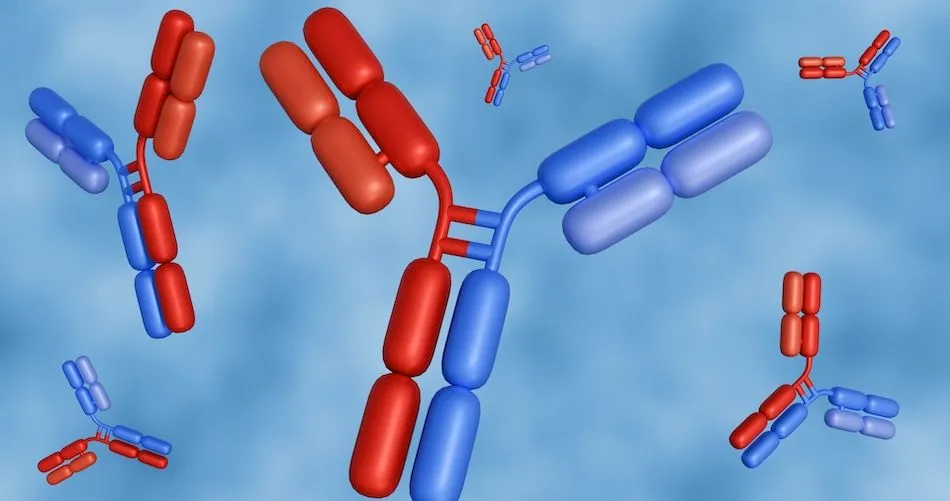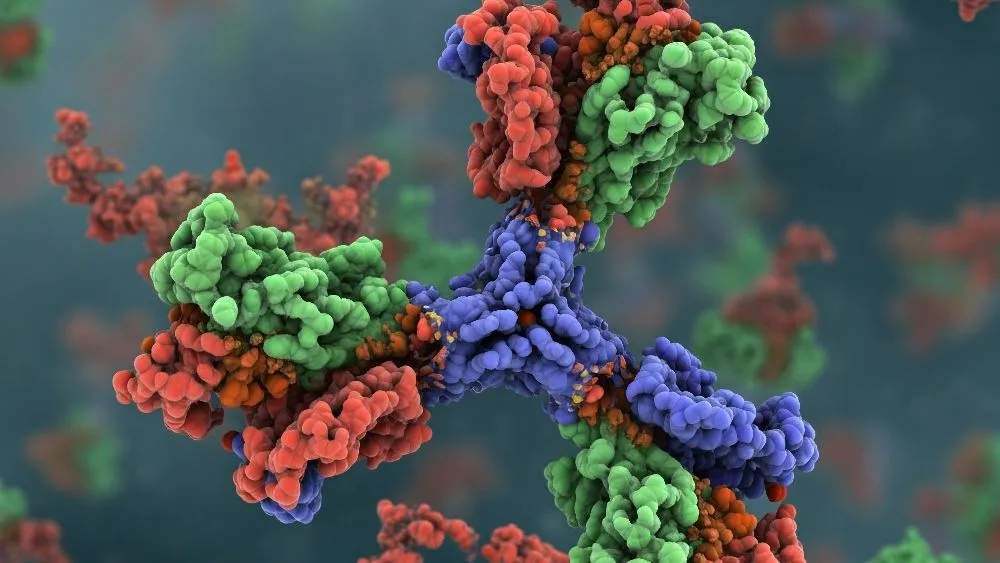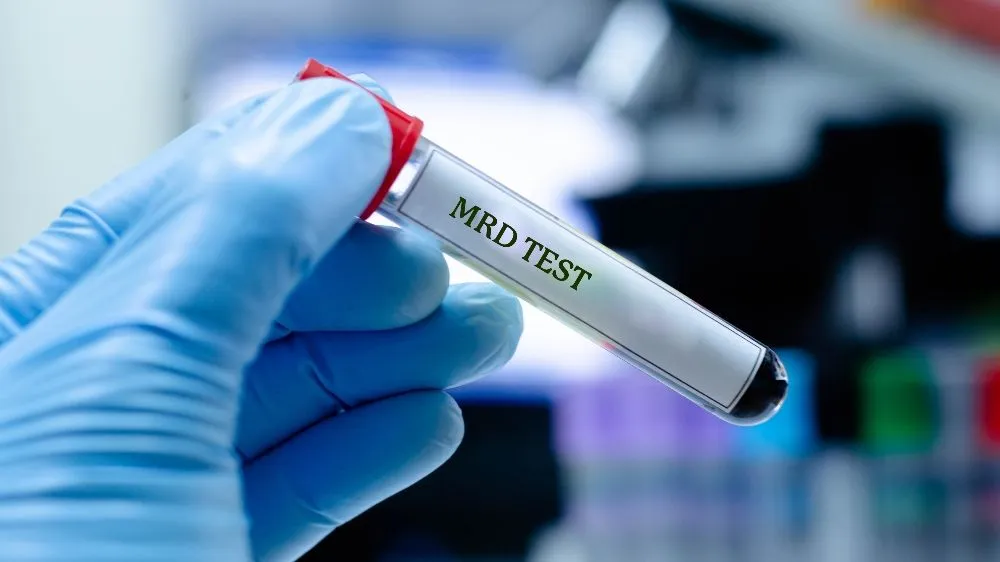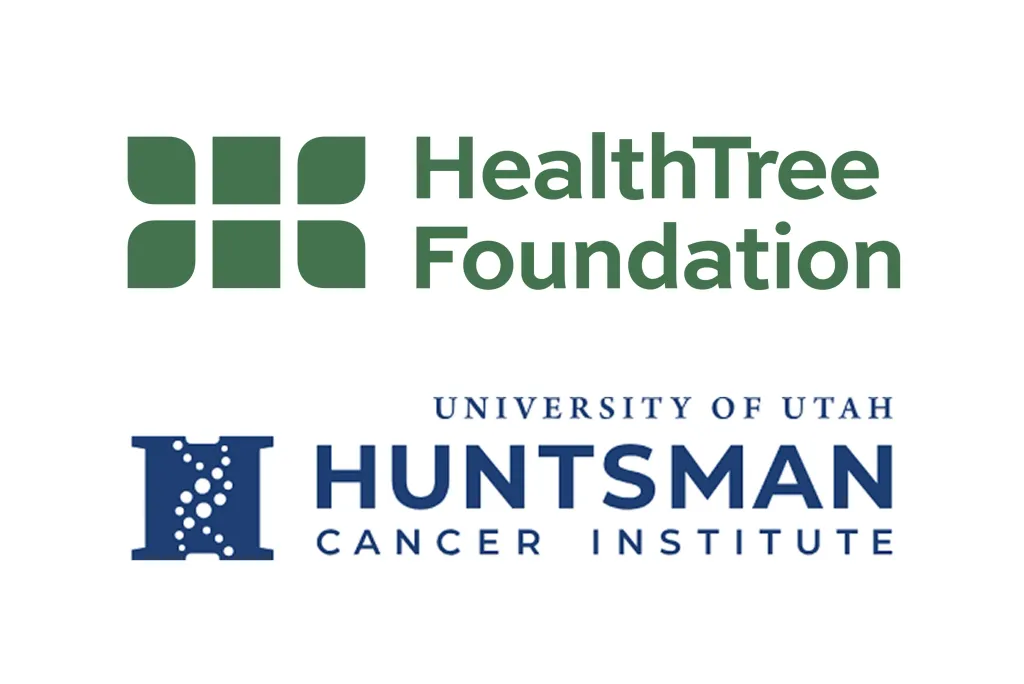ASH 2022: A Discussion About Healthcare Inequity

Disparity
Kudos to the American Society of Hematology for the energy, foresight, and recognition of disparities in healthcare. Not all Americans receive the same level of care, nor are many encouraged to advocate for themselves or others in their communities. During the 2022 ASH Conference, Dr. Adrienne Phillips, Laura Ortiz-Ravick, and Amber Thomassen defined disparity, shared case studies, examined barriers, and made practical suggestions on how to respond.
Healthcare inequity is systemic throughout the American healthcare system. Hematologic malignancies are not immune from their effect on patient health, quality of life, and overall survival rates. The causes aren’t simple. Neither are solutions.
The information presented by our expert panelists was valuable. To address a crisis, a conversation and action plan resolving healthcare inequity is necessary. From the attendance at this forum, it seems that many providers don’t see the crisis, feel that it will go away on its own, or will be solved by someone else. In a session room set up for 350, there were only 36 participants and three panelists.
Patient Differences
Multiple myeloma is a blood cancer with a known overall survival rate of 5 to 10 years. The precursors often progressing to active multiple myeloma is monoclonal gammopathy of undetermined significance (MGUS), and smoldering multiple myeloma (SMM).
The incidence and treatment of myeloma are strong indicators of the disparities in hematological healthcare. In the United States, the incidence of multiple myeloma in blacks is more than double that of whites. While there still has not been a definitive answer as to why this discrepancy exists, research strongly suggests that genetic loci associated with myeloma susceptibility are more prevalent in DNA of the black or African American populations.
Like any hematological disorder, there are myeloma subtypes that require unusual or “novel” treatments. Three of these subtypes, t(11;14) t(14;16), and t(14;20), have also been shown to be more common in blacks than whites. Despite the disproportionate need, these novel myeloma treatments disproportionately favor white patients.
When receiving equitable treatment, black patients have a better survival rate. If access and opportunities alone were the only challenges to ensuring equal treatment of black patients, the solutions would seem more simple. They aren’t.
Willingness and Availability
Access to healthcare is defined more than availability, especially with clinical trials. The access is less than beneficial if patient willingness does not exist. Cultural biases often influence patients' willingness to follow through with or even agree to treatment. As stated early in this conversation, cultural and social factors sometimes cannot be distinguished from ancestry.
Are Patients Aware Of All Options?
Clinician bias may be a factor in referring patients to novel therapies or clinical trials. If the treating physician assumes that a patient is less likely to follow through or less likely to accept the recommendation of novel therapies, it also seems reasonable that the patient may never hear about all treatment options.
Impact of Shared Decision-Making
Treatment is, or should be, a shared decision between the patient and the healthcare provider. That relationship between black patients and their providers impacts health equity. One cannot remove negative doctor-patient relationships from the overall impact on healthcare equity.
Vulnerable patients may make poor treatment decisions based on a lack of information, trust, personal biases, or negative interactions with healthcare providers - combined with deep cultural distrust of healthcare.
Lack of Information
Essential patient concerns are more often not addressed with black patients. Questions such as “Isn’t a clinical trial only a last resort?”, “What is the potential benefit?”, and “What will a clinical trial do to me?” Fear causes doubt, chilling treatment accessibility. Clinicians often fail to adequately inform underserved communities due to their own assumptions of patient interaction.
Lack of Trust
Trust is essential when exploring life-saving options for cancer treatment. Cultural fear interrupts options with concerns that doctors might have something to gain. Black patients do not want to be a “guinea pig”, sacrificed for some greater good. In a clinical trial, is it possible that they will receive a placebo or be left untreated without their knowing?
These are legitimate fears based on past experiences that left black communities fearful of greater harm. Two well-known cases illustrate how the African American community has been misused, misinformed, and abused by organized healthcare: Henrietta Lacks and The Tuskegee Syphilis Study.
What Can Be Done To Address Patient Concerns?
Just as healthcare inequity does not have a single source, there is no single or easy solution. Many of the known solutions sound like platitudes. Healthcare providers should communicate more effectively. Healthcare providers should just communicate more. Gaps in health insurance and treatment options should be available to all - not just to patients with greater resources.
Perhaps the best starting point for our healthcare system to balance the inequity is understanding the disparities and recognizing those at greatest risk.
Exposure to preventable cancer risk factors is associated with about 40% or less of patients diagnosed with cancer. Fifty percent (50%) of cancer-related deaths are highest among:
- Racial and ethnic minority populations
- Underserved populations:
- Patients in rural areas
- Patients in persistent poverty
- Patients from LGBTQ community
If these are our vulnerable communities, then inequity risk assessments can be made for each patient. A social health screening allows for factoring more than physical co-morbidities. Other health related social needs (HRSN) developed by the Accountable Health Communities team take into account:
- Interpersonal safety
- Financial strain
- Employment
- Family and community support
- Education
- Physical activity
- Substance use
- Mental health
- Disabilities
The National Association of Community Health Centers has also created a standardized assessment tool and matching protocol to improve health equity. Resources like this can be added at the beginning of the patient-provider relationship to improve health equity.
Best Practices
Promoting equity across all levels of cancer care must be addressed from different sides of the problem. Individual providers, the healthcare team, the healthcare institutions, and legislators must each focus on disparity - though not necessarily together or as a unit.
Clinicians must inform hard-to-reach patients. That involves connecting with trusted community members, enlisting the help of regional cancer centers, and possible mobile screening units that address medical concerns in the communities.
Peer-to-peer support is essential because trust is miore easily gained with a relatable, experienced patient. These peers dispel myths and share insights. More importantly, patients and patient advocates that may be part of the same or similar vulnerable community give hope.
Healthcare inequity is more than a moral delimiter. It is a marker or a treatment impossibility. A large portion of our population has met an identifiable resistance to treatment - lack of access. Addressing it as treatment resistance allows the healthcare community to overcome barriers to treatment and focus on cures and longer lives for all cancer patients.
As a volunteer HealthTree Coach Kenny works to educate and empower other myeloma patients to educate and advocate for themselves.
find or become a Healthtree coach
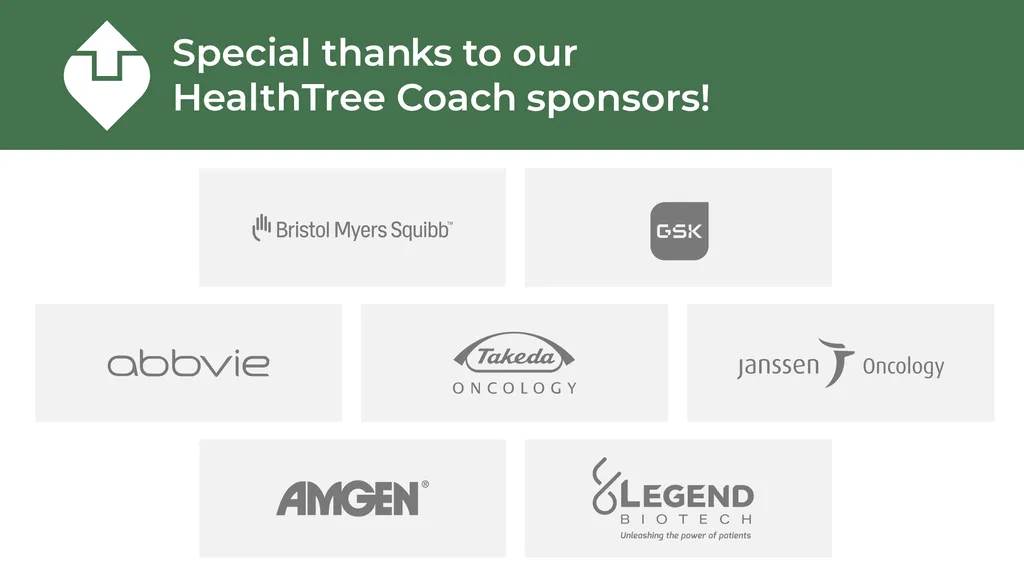
Disparity
Kudos to the American Society of Hematology for the energy, foresight, and recognition of disparities in healthcare. Not all Americans receive the same level of care, nor are many encouraged to advocate for themselves or others in their communities. During the 2022 ASH Conference, Dr. Adrienne Phillips, Laura Ortiz-Ravick, and Amber Thomassen defined disparity, shared case studies, examined barriers, and made practical suggestions on how to respond.
Healthcare inequity is systemic throughout the American healthcare system. Hematologic malignancies are not immune from their effect on patient health, quality of life, and overall survival rates. The causes aren’t simple. Neither are solutions.
The information presented by our expert panelists was valuable. To address a crisis, a conversation and action plan resolving healthcare inequity is necessary. From the attendance at this forum, it seems that many providers don’t see the crisis, feel that it will go away on its own, or will be solved by someone else. In a session room set up for 350, there were only 36 participants and three panelists.
Patient Differences
Multiple myeloma is a blood cancer with a known overall survival rate of 5 to 10 years. The precursors often progressing to active multiple myeloma is monoclonal gammopathy of undetermined significance (MGUS), and smoldering multiple myeloma (SMM).
The incidence and treatment of myeloma are strong indicators of the disparities in hematological healthcare. In the United States, the incidence of multiple myeloma in blacks is more than double that of whites. While there still has not been a definitive answer as to why this discrepancy exists, research strongly suggests that genetic loci associated with myeloma susceptibility are more prevalent in DNA of the black or African American populations.
Like any hematological disorder, there are myeloma subtypes that require unusual or “novel” treatments. Three of these subtypes, t(11;14) t(14;16), and t(14;20), have also been shown to be more common in blacks than whites. Despite the disproportionate need, these novel myeloma treatments disproportionately favor white patients.
When receiving equitable treatment, black patients have a better survival rate. If access and opportunities alone were the only challenges to ensuring equal treatment of black patients, the solutions would seem more simple. They aren’t.
Willingness and Availability
Access to healthcare is defined more than availability, especially with clinical trials. The access is less than beneficial if patient willingness does not exist. Cultural biases often influence patients' willingness to follow through with or even agree to treatment. As stated early in this conversation, cultural and social factors sometimes cannot be distinguished from ancestry.
Are Patients Aware Of All Options?
Clinician bias may be a factor in referring patients to novel therapies or clinical trials. If the treating physician assumes that a patient is less likely to follow through or less likely to accept the recommendation of novel therapies, it also seems reasonable that the patient may never hear about all treatment options.
Impact of Shared Decision-Making
Treatment is, or should be, a shared decision between the patient and the healthcare provider. That relationship between black patients and their providers impacts health equity. One cannot remove negative doctor-patient relationships from the overall impact on healthcare equity.
Vulnerable patients may make poor treatment decisions based on a lack of information, trust, personal biases, or negative interactions with healthcare providers - combined with deep cultural distrust of healthcare.
Lack of Information
Essential patient concerns are more often not addressed with black patients. Questions such as “Isn’t a clinical trial only a last resort?”, “What is the potential benefit?”, and “What will a clinical trial do to me?” Fear causes doubt, chilling treatment accessibility. Clinicians often fail to adequately inform underserved communities due to their own assumptions of patient interaction.
Lack of Trust
Trust is essential when exploring life-saving options for cancer treatment. Cultural fear interrupts options with concerns that doctors might have something to gain. Black patients do not want to be a “guinea pig”, sacrificed for some greater good. In a clinical trial, is it possible that they will receive a placebo or be left untreated without their knowing?
These are legitimate fears based on past experiences that left black communities fearful of greater harm. Two well-known cases illustrate how the African American community has been misused, misinformed, and abused by organized healthcare: Henrietta Lacks and The Tuskegee Syphilis Study.
What Can Be Done To Address Patient Concerns?
Just as healthcare inequity does not have a single source, there is no single or easy solution. Many of the known solutions sound like platitudes. Healthcare providers should communicate more effectively. Healthcare providers should just communicate more. Gaps in health insurance and treatment options should be available to all - not just to patients with greater resources.
Perhaps the best starting point for our healthcare system to balance the inequity is understanding the disparities and recognizing those at greatest risk.
Exposure to preventable cancer risk factors is associated with about 40% or less of patients diagnosed with cancer. Fifty percent (50%) of cancer-related deaths are highest among:
- Racial and ethnic minority populations
- Underserved populations:
- Patients in rural areas
- Patients in persistent poverty
- Patients from LGBTQ community
If these are our vulnerable communities, then inequity risk assessments can be made for each patient. A social health screening allows for factoring more than physical co-morbidities. Other health related social needs (HRSN) developed by the Accountable Health Communities team take into account:
- Interpersonal safety
- Financial strain
- Employment
- Family and community support
- Education
- Physical activity
- Substance use
- Mental health
- Disabilities
The National Association of Community Health Centers has also created a standardized assessment tool and matching protocol to improve health equity. Resources like this can be added at the beginning of the patient-provider relationship to improve health equity.
Best Practices
Promoting equity across all levels of cancer care must be addressed from different sides of the problem. Individual providers, the healthcare team, the healthcare institutions, and legislators must each focus on disparity - though not necessarily together or as a unit.
Clinicians must inform hard-to-reach patients. That involves connecting with trusted community members, enlisting the help of regional cancer centers, and possible mobile screening units that address medical concerns in the communities.
Peer-to-peer support is essential because trust is miore easily gained with a relatable, experienced patient. These peers dispel myths and share insights. More importantly, patients and patient advocates that may be part of the same or similar vulnerable community give hope.
Healthcare inequity is more than a moral delimiter. It is a marker or a treatment impossibility. A large portion of our population has met an identifiable resistance to treatment - lack of access. Addressing it as treatment resistance allows the healthcare community to overcome barriers to treatment and focus on cures and longer lives for all cancer patients.
As a volunteer HealthTree Coach Kenny works to educate and empower other myeloma patients to educate and advocate for themselves.
find or become a Healthtree coach


about the author
Kenny Capps
"As a blood cancer patient and health and wellness patient advocate, I see inequity in healthcare as a challenge for cancer patients to overcome on top of treating their disease. I strive to encourage, inspire and empower blood cancer patients. I plan on being here through the tough stuff."
More on Conferences
Trending Articles




Get the Latest Multiple Myeloma Updates, Delivered to You.
By subscribing to the HealthTree newsletter, you'll receive the latest research, treatment updates, and expert insights to help you navigate your health.


